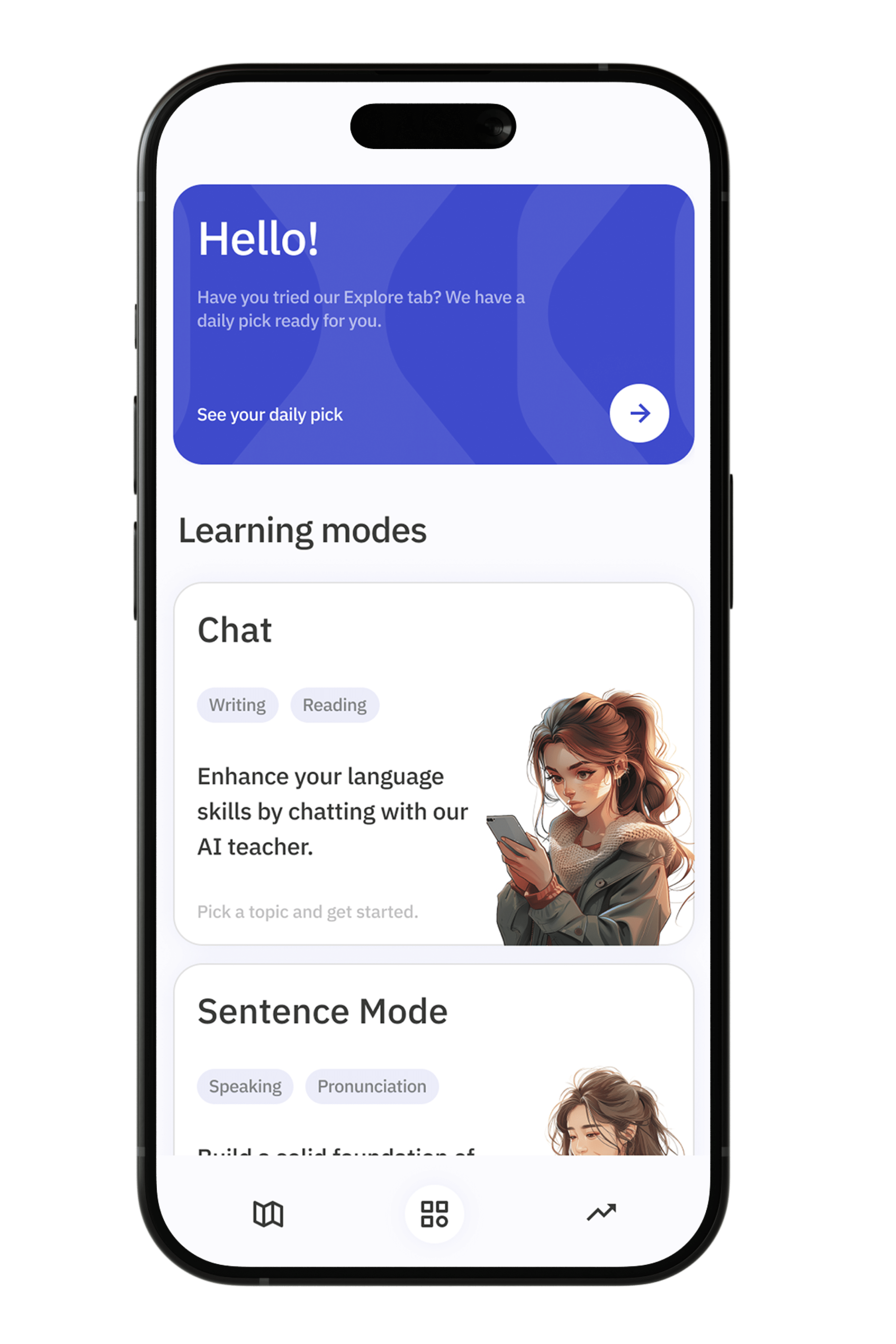Pick a language and start learning!
Bijwoorden van manier Opdrachten in de Engelse taal

Bijwoorden van manier zijn essentieel om meer details en nuances toe te voegen aan onze zinnen. Ze beschrijven hoe een actie wordt uitgevoerd en geven daardoor een levendiger en duidelijker beeld van de situatie. Of je nu een verhaal schrijft, een gesprek voert, of een presentatie geeft, het correct gebruiken van deze bijwoorden kan je communicatie aanzienlijk verbeteren. Denk bijvoorbeeld aan woorden zoals "snel", "zorgvuldig", en "onhandig". Elk van deze bijwoorden geeft een andere dimensie aan de handeling die beschreven wordt.
In deze oefeningen leer je hoe je bijwoorden van manier effectief kunt gebruiken in verschillende contexten. We zullen beginnen met de basisprincipes en geleidelijk overgaan naar complexere zinnen en situaties. Door middel van verschillende opdrachten en voorbeelden krijg je de kans om te oefenen en je vaardigheden te verfijnen. Of je nu een beginner bent of je kennis wilt opfrissen, deze oefeningen helpen je om de nuances van de Nederlandse taal beter te begrijpen en toe te passen.
Exercise 1
<p>1. She sings *beautifully* in the choir (adverb for describing how she sings).</p>
<p>2. The dog barked *loudly* at the stranger (adverb for describing the intensity of the bark).</p>
<p>3. He solved the puzzle *quickly* (adverb for describing the speed of solving).</p>
<p>4. The baby slept *peacefully* in the crib (adverb for describing the manner of sleeping).</p>
<p>5. She danced *gracefully* across the stage (adverb for describing how she danced).</p>
<p>6. The teacher explained the topic *clearly* to the students (adverb for describing how the explanation was given).</p>
<p>7. The athlete ran *swiftly* during the race (adverb for describing the manner of running).</p>
<p>8. He spoke *politely* to the guests (adverb for describing the manner of speaking).</p>
<p>9. The artist painted the portrait *carefully* (adverb for describing the manner of painting).</p>
<p>10. She completed her homework *diligently* (adverb for describing how the homework was completed).</p>
Exercise 2
<p>1. She sings *beautifully* in the choir (bijwoord voor hoe iemand zingt).</p>
<p>2. He completed the task *quickly* to meet the deadline (bijwoord voor snelheid).</p>
<p>3. They spoke *softly* so no one could hear them (bijwoord voor hoe iemand spreekt).</p>
<p>4. The artist painted the mural *skillfully* on the wall (bijwoord voor vaardigheid).</p>
<p>5. She danced *gracefully* across the stage (bijwoord voor elegantie).</p>
<p>6. He solved the puzzle *easily* without any help (bijwoord voor gemak).</p>
<p>7. The children played *happily* in the garden (bijwoord voor stemming).</p>
<p>8. The teacher explained the lesson *clearly* to the students (bijwoord voor duidelijkheid).</p>
<p>9. He drives *carefully* in bad weather (bijwoord voor voorzichtigheid).</p>
<p>10. She answered the questions *accurately* during the test (bijwoord voor precisie).</p>
Exercise 3
<p>1. She sings *beautifully* in the choir (adverb describing how).</p>
<p>2. The cat moved *silently* through the house (adverb describing how).</p>
<p>3. He completed the task *quickly* and efficiently (adverb describing how).</p>
<p>4. The teacher explained the lesson *clearly* to the students (adverb describing how).</p>
<p>5. They danced *gracefully* at the wedding (adverb describing how).</p>
<p>6. The children played *happily* in the park (adverb describing how).</p>
<p>7. She solved the puzzle *easily* and without help (adverb describing how).</p>
<p>8. He spoke *softly* so as not to wake the baby (adverb describing how).</p>
<p>9. The dog barked *loudly* at the strangers (adverb describing how).</p>
<p>10. She wrote the letter *neatly* and without any mistakes (adverb describing how).</p>







